Hydraulic cylinders, which are also sometimes informally called hydrolic cylinders or linear hydraulic motors, are mechanical actuators that convert the hydraulic energy of pressurized fluids into mechanical energy. They use this mechanical energy to manipulate the movements of machine attachments and linkages. Hydraulic cylinders are similar to pneumatic cylinders, or air cylinders. The main difference between hydraulic and pneumatic cylinders is the fact that hydraulic cylinders use compressed fluid, while pneumatic cylinders use compressed air or gas. Read More…
Aggressive Hydraulics is a leading manufacturer and designer of custom hydraulic cylinders. Since our founding in 2002 we have assembled a team of experienced professionals and talented engineers to assist us in creating the best hydraulic cylinders on the market. The component parts we offer include cylinder heads, end caps, mounts, pistons, ports, valve blocks, and other related accessories. To ...
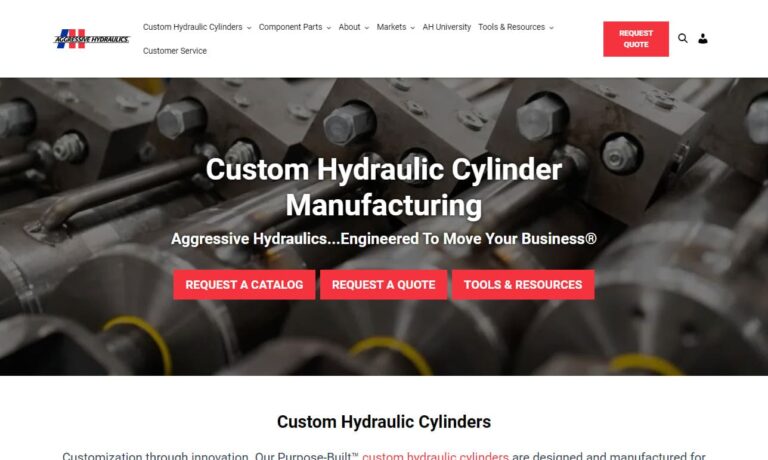
We are a leading supplier of hydraulic cylinders. If you need a heavy duty hydraulic cylinder then Columbus Hydraulic Cylinders can make exactly what you are looking for. All of our standard products come with an o-ring and two back-up rings and these items can be featured with piston u-cups, slipper seals, special compounds, chevron, steel rings and more if your application requires. Give us a...
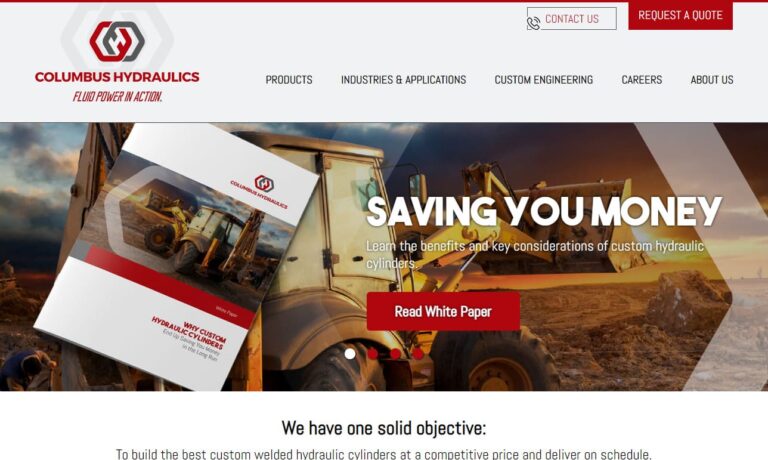
Phelps Industries specializes in hydraulic cylinders, heavy duty hydraulic cylinders, high pressure hydraulic cylinders, telescopic hydraulic cylinders and hydraulic cylinder repair. All our products have a comprehensive warranty program plus we provide top-quality technical service and support.
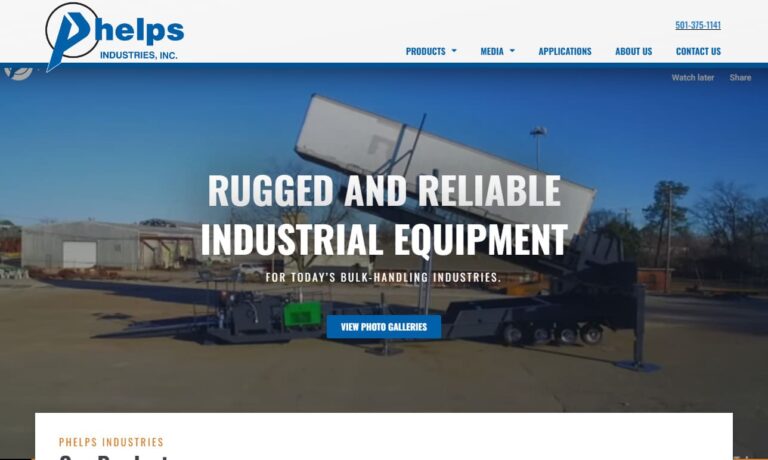
We are dedicated to serving customers in a global marketplace. Since our inception, we have been providing our customers with exceptional customer service and top of the line hydraulic cylinders that are built to last a lifetime. We have made it our goal to provide our customers with the technical assistance that they can count on to find solutions to all their problems, visit our website today...
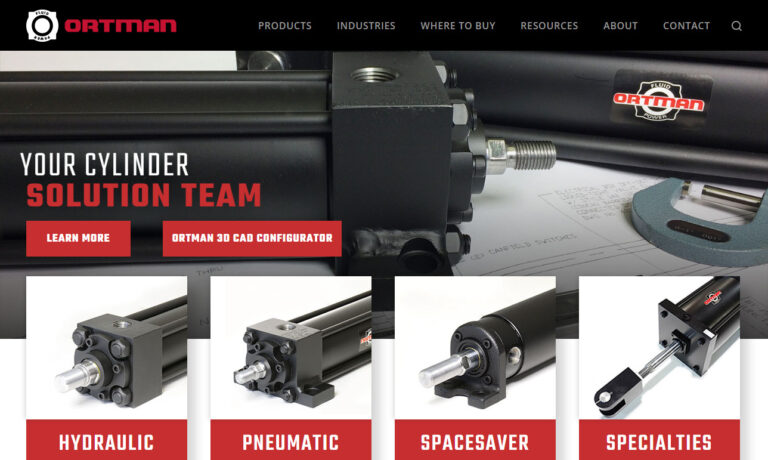
More Hydraulic Cylinder Manufacturers
Hydraulic cylinders have applications in industries such as agriculture, aviation, aerospace, automotive, robotics, waste removal military, machining, manufacturing, oil and gas, and construction.
In all of these industries, as they increase output force, efficiency and mechanical capabilities increase tenfold. Just a few of the machines they benefit are backhoes, cranes, brakes, dozers, forklifts, elevators, jacks, snowplows, dump trucks, ships, space crafts, planes, power steering, excavators, lifts, robotic arms, and material handling equipment. Toy manufacturers also use hydraulic cylinders to make water pistols.
History
Hydraulic cylinders are a product of the study of hydraulics. Modern hydraulics were born in 1648, the year that Blaise Pascal discovered what we now call “Pascal’s Principle” or “Pascal’s Law.” Pascal’s Law states that if and when you put pressure on one area of contained fluid, the pressure will spread evenly to the rest of the fluid.
While modern hydraulics were born in 1648, they did not take their first steps for nearly 100 years. In 1738, the Swiss mathematician Daniel Bernoulli put Pascal’s Principle, plus his own principle detailing fluid behaviors, called Bernoulli’s Principle, together to run successful mills and power pumps.
Then, in 1795, one of the most influential individuals of the Industrial Revolution, Joseph Bramah developed and patented his design for the hydraulically driven press; this was the first workable hydraulic machine. Bramah’s machine worked because it moved its press plate using liquid pressurized between two different sized cylinders. For his efforts, some call Bramah one of the fathers of hydraulics. One of the other people they call a father of hydraulics is William Armstrong. About 45 years after Bramah patented his hydraulic press, Armstrong developed, among other hydraulic equipment, a hydraulic crane. His efforts made it easier and more efficient for manufacturers to harness hydraulic power. Armstrong’s hydraulic crane also used a hydraulic cylinder, one he called a “jigger.”
Since the early days of hydraulic manufacturing, scientists and engineers have made many changes to hydraulic cylinder operations. For example, hydraulics rarely use water anymore, as engineers have since realized that water can encourage corrosion and rusting. To avoid corrosion, to harness higher power, and to stop rapid evaporation, engineers switched over to hydraulic oil fluid over 80 years ago.
Since the mid-20th century, hydraulic machines have become not only more common, but more powerful. For example, we have been able to use hydraulic cylinders to help power major machinery, like cranes. This has literally taken us to new heights, as construction workers have used hydraulic cranes to build everything from skyscrapers to large airplane components.
Hydraulic Cylinder Design
Materials
Customers and hydraulic cylinder manufacturers have quite a few options when it comes to material selection for various hydraulic cylinder elements.
Seals are available in a large number of different materials, such as nitrile rubber, polyurethane, fluorocarbon Viton, and other elastomers and even cast iron.
Scrapers/wipers are primarily made out of polyurethane, but they are also available in metallic materials for use in sub-zero temperatures.
Wear bands are usually made from a combination of bronze, PTFE, and reinforced woven polyester.
Pistons may be made from steel, stainless steel, brass, bronze, cast iron, or aluminum.
Cylinder bodies must be made from durable materials, such as stainless steel.
Considerations and Customization
When designing a hydraulic cylinder, manufacturers have to think about a few key design elements, including bore size, rod diameter, maximum operating pressure stroke, and materials. While manufacturers have a wide variety of standard hydraulic cylinders at their disposal, they can create for you a custom hydraulic cylinder. Find out your standard cylinder and custom cylinder options by talking over your application specifications with your potential suppliers.
Features
All cylinders consist of a cylinder barrel, a base or cap, a head, a piston, a piston rod, seals, seal glands, and wear bands. They also all use hydraulic fluid.
The barrel is the cylinder body. Made mostly from a seamless tube, it exists to hold hydraulic pressure.
The base, also called the cap, exists both to enclose the pressure barrel at one end and perform mounting duties. It is secured to the barrel via threading, welding, tie rods, or bolts. Also, except in the case of a welded cap, an O-ring, or static seal, is placed in between the barrel and the cap.
The cylinder head encloses the barrel from the other end. Also featuring a static seal, it connects to the barrel through a tie rod, bolts, or threading.
The piston separates pressure zones inside the barrel, and cylinders use it to push, pull, steer, press, tilt, turn, or lift attached loads and heavy machine components. They are machined with grooves that allow metal or elastomeric seals and bearing elements to fit them perfectly.
The piston rod is attached to the piston by nuts, threads, or bolts. The piston transfers linear motion to it. Usually made of a hard chrome plated piece of cold rolled steel, the piston rod extends from the cylinder to the rod-end head. It also, either in the form of a mounting attachment or a machine thread, unites the hydraulic actuator and the machine component the hydraulic cylinder is serving.
The seals follow the piston rod. In this setting, seals are semi-soft, non-metallic rings that fit into cylinder grooves. There they form an assembly that blocks or separates fluid in reciprocating motion applications. There are different types of seals, including dynamic seals, rod seals, piston seals, double acting seals, and single acting seals.
The seal gland, in turn, is an area on the cylinder head upon which seals are affixed in order to stop pressurized oil from leaking past the space between the rod and the head. Usually, seal glands contain a primary seal, a secondary/buffer seal, bearing elements, a wiper/scraper, and a static seal. They use the scrapers/wipers to remove contaminants like dust, dirt, and moisture.
Wear bands serve as a buffer between metals.
Types
One of the ways that hydraulic cylinders are divided is by the way they move.
Single acting cylinders (single-acting cylinders) move only in one direction along a vertical or horizontal plane or another prescribed angle.
Double acting cylinders allow the rod to move along planes in both directions. Double acting cylinders are more widely used than single acting cylinders.
Another way that hydraulic cylinders are grouped is according to their cylinder or barrel type. Two of the most requested types of hydraulic cylinders in this group are tie rod hydraulic cylinders and welded hydraulic cylinders.
Tie rod hydraulic cylinders, or barrels, can handle the weight of heavy loads. This is because they have the reinforcement of external rods. Because of this strength, they often serve as heavy duty cylinders.
Welded hydraulic cylinders are much smaller than hydraulic tie rod cylinders, with lighter and smoother designs. However, they are just as high quality as tie rod cylinders. Because their parts are all welded together, they are more stable than cylinders with multiple parts. Customers purchase them most often to accommodate compact machines in industries such as agriculture and construction.
Also available are specialized cylinders, like telescopic cylinders and hydraulic rams, among others.
Telescopic cylinders are hydraulic cylinders that move in stages. This way, they can use longer strokes while still taking up a small amount of space.
Hydraulic rams function as large output pistons inside hydraulic cylinders used for cyclical water pumping. The hydraulic rams pass kinetic energy onto water when they force it to move. In turn, this kinetic energy helps the hydraulic pump function. Hydraulic rams are common in rural or remote locations where the installation of an electrical water pump is not possible.
Heavy duty hydraulic cylinders work in challenging and high flow environments, like industrial settings. They are designed to handle high pressures particularly well.
High pressure hydraulic cylinders generate high pressure. They are very small and lightweight, so customers can install them in a wide variety of spaces. Despite their small size, high pressure cylinders are very powerful. They work well in environments like material transforming and material testing, which require high pressure combined with medium or short strokes.
Mobile hydraulic cylinders are designed for work in mobile equipment, like personal lifts, snowplows, material handling vehicles, and construction machinery.
Stainless steel hydraulic cylinders are designed to work for applications that must remain hygienic and/or environments in which the cylinder will encounter highly corrosive influences.
Thread cap cylinders are hydraulic cylinders that feature an O-ring protected gland threaded head.
Small hydraulic cylinders are hydraulic cylinders that use strokes of an inch or smaller. Small hydraulic cylinders can accomplish highly precise moves.
Stepped cylinders are a type of double hydraulic cylinder, or two-way hydraulic cylinder. They offer a faster-than-average starting stroke that works up to a more powerful one.
Replacement cylinders are cylinders that manufacturers swap in for old cylinders that are broken or behind the latest technology.
Accessories
Accessories for hydraulic cylinders are essential components that play a crucial role in enhancing their performance, efficiency, and safety. Cylinder valves, for instance, are installed on hydraulic cylinders to control the flow of hydraulic fluid in and out of the cylinder, enabling smooth and precise movement of the piston. This control allows users to manage the speed and direction of the cylinder’s extension and retraction, ensuring system stability and preventing uncontrolled movements that could lead to equipment damage or operator injury.
Hydraulic fluid selection is equally critical as it directly impacts the overall performance and longevity of the hydraulic system. The fluid serves as the medium for transmitting power, lubricating moving parts, dissipating heat, and preventing wear and tear. Choosing the right type and grade of hydraulic fluid is vital to avoid system failures and ensure optimal performance.
Extra seals are often used in hydraulic cylinders to prevent hydraulic fluid leaks and contamination from external elements. Having spare seals on hand enables quick and easy replacements when necessary, minimizing downtime and potential damage to the hydraulic system.
Fittings, such as clevis fittings, are essential for connecting various components of the hydraulic system. Clevis fittings offer a secure and adjustable connection between the cylinder rod and other parts, facilitating easy installation and alignment. Properly selected fittings ensure a reliable and leak-free hydraulic system.
Determining which accessories are needed for a specific application depends on various factors. Consider the operating conditions, load capacity, operating pressure, motion control requirements, and compatibility with other system components. Taking these factors into account will ensure that the chosen accessories can handle the demands of the application without compromising safety or performance.
To obtain these accessories, several options are available. Specialized hydraulic component suppliers and manufacturers offer a wide range of accessories and expert advice on selecting the right ones for specific applications. Online retailers and e-commerce platforms also provide access to various options, making it convenient to compare products and reviews. Local hydraulic shops or distributors might carry commonly used accessories and can assist with identifying suitable components. Additionally, contacting the original equipment manufacturer is beneficial if the hydraulic cylinder is part of a larger system or equipment, as they can provide the correct and compatible accessories.
Proper Care
Proper care and maintenance are crucial for the longevity, reliability, and optimal performance of hydraulic cylinders. Regular visual inspections should be conducted to identify wear, leakage, or damage, and any issues should be promptly addressed. Keeping the hydraulic system clean and free from contaminants, meanwhile, is essential to prevent component wear and reduced efficiency. Maintaining the correct fluid level is crucial for optimal performance, while following the manufacturer’s guidelines for operating conditions, fluid types, and maintenance intervals is essential. Furthermore, lubricating moving parts reduces friction and wear, extending the cylinder’s lifespan and system efficiency. The consequences of improper care can be severe, leading to oil leaks, seal failures, reduced efficiency, and safety hazards. Neglected hydraulic systems are more prone to sudden failures, causing unplanned downtime and increased repair costs. Conversely, proper care offers significant benefits, including early issue detection, smooth operation, extended lifespan, increased productivity, reduced energy consumption, and a safer working environment.
How to Choose the Right Supplier
To ensure you have the most productive outcome when purchasing hydraulic cylinders from a hydraulic cylinder supplier, it is important to compare several companies using our directory of hydraulic cylinder suppliers. There, each hydraulic cylinder supplier has a business profile page highlighting their areas of experience and capabilities, along with a contact form to directly communicate with them for more information or to request a quote. Review each hydraulic cylinder business website using our patented website previewer to quickly learn what each company specializes in. Then, use our simple RFQ form to contact multiple hydraulic cylinder companies with the same form.

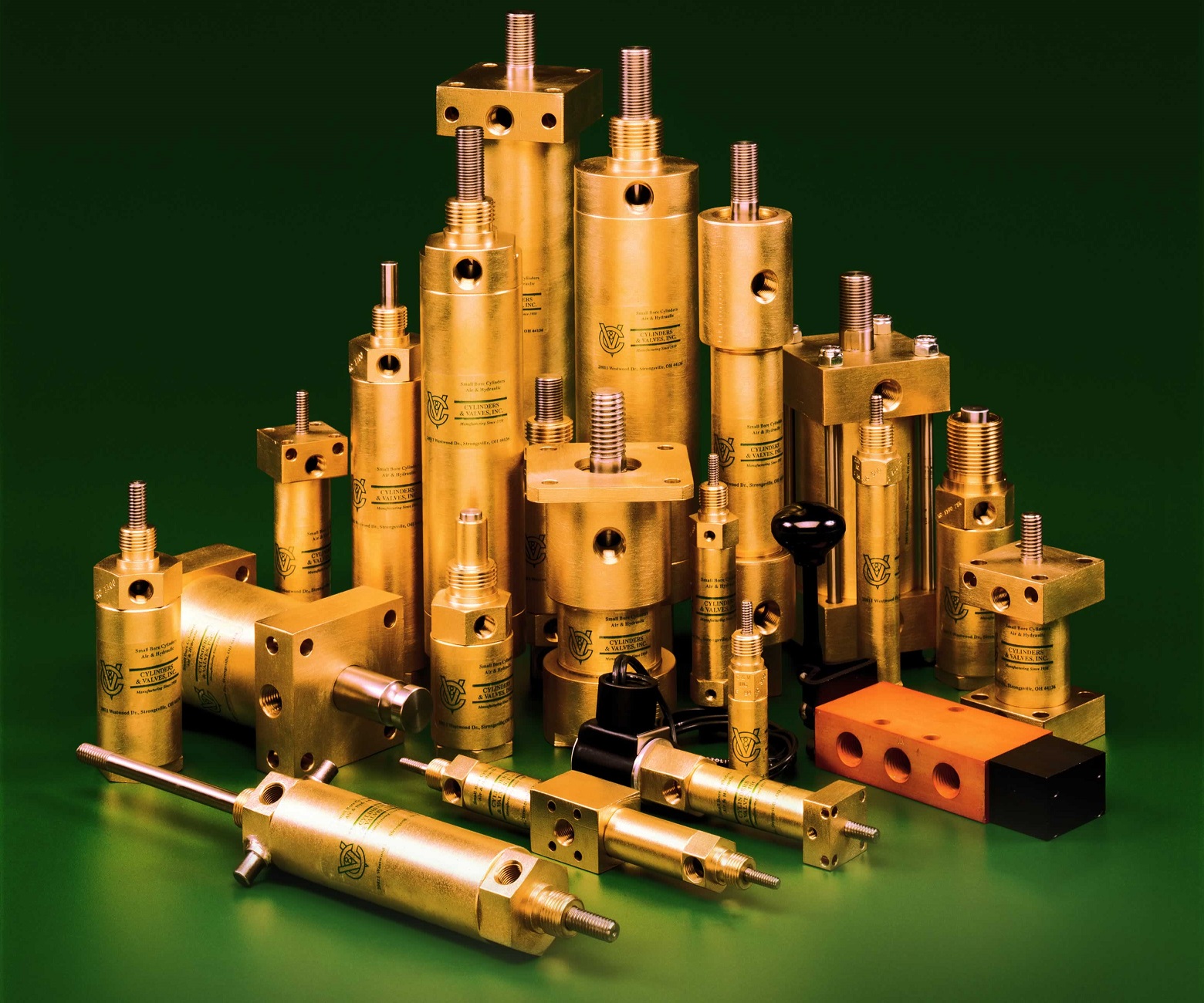
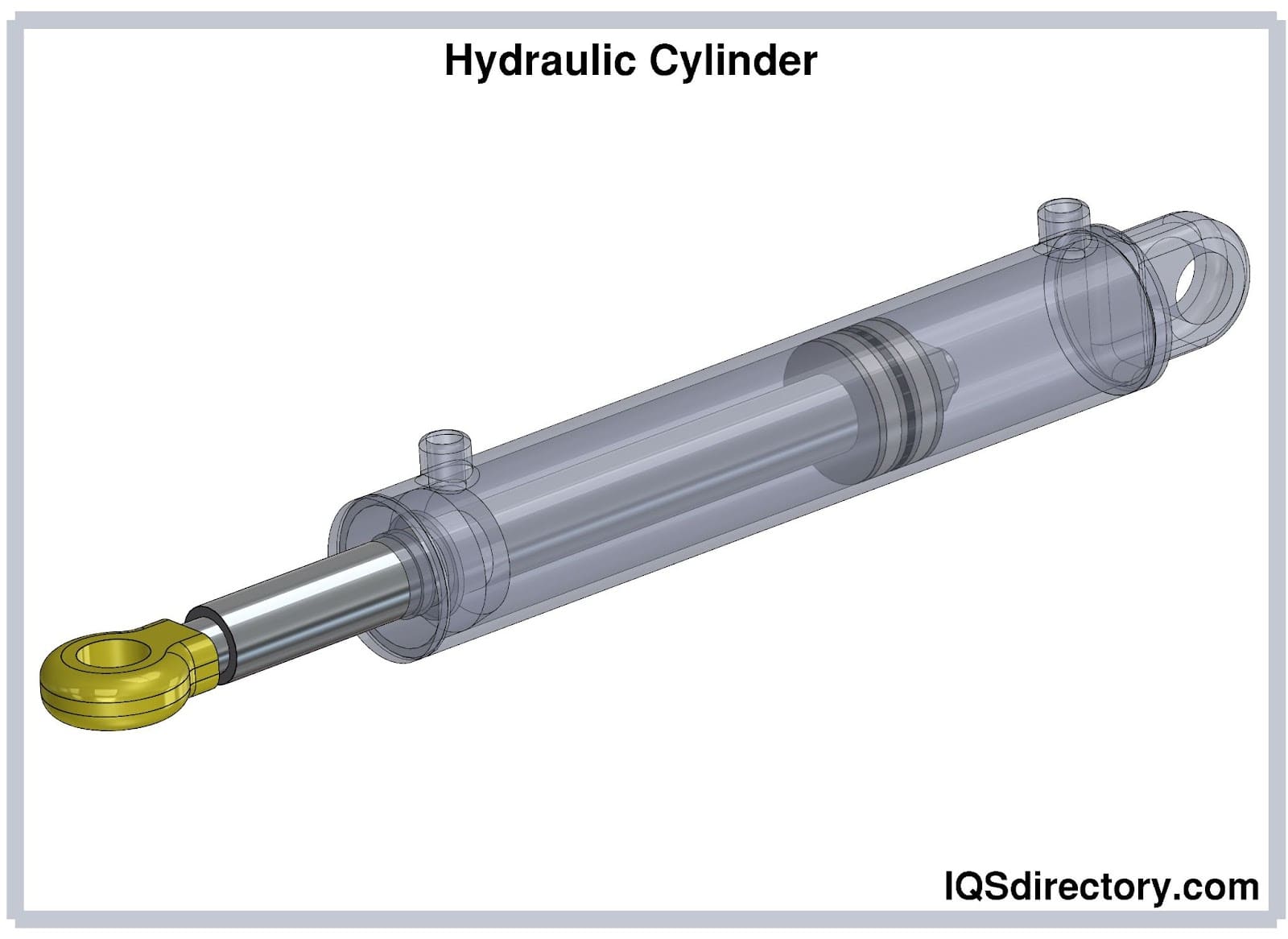
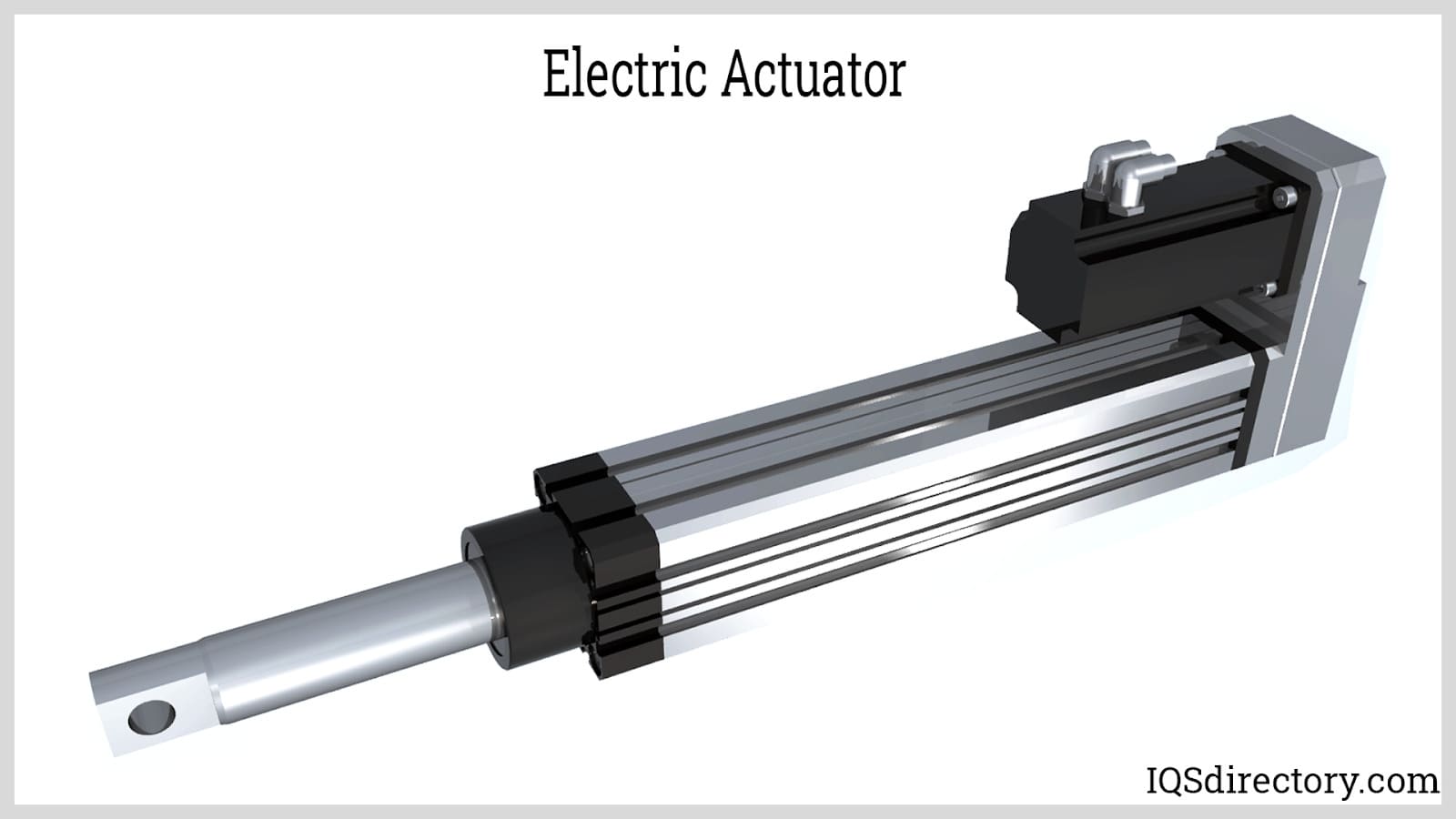
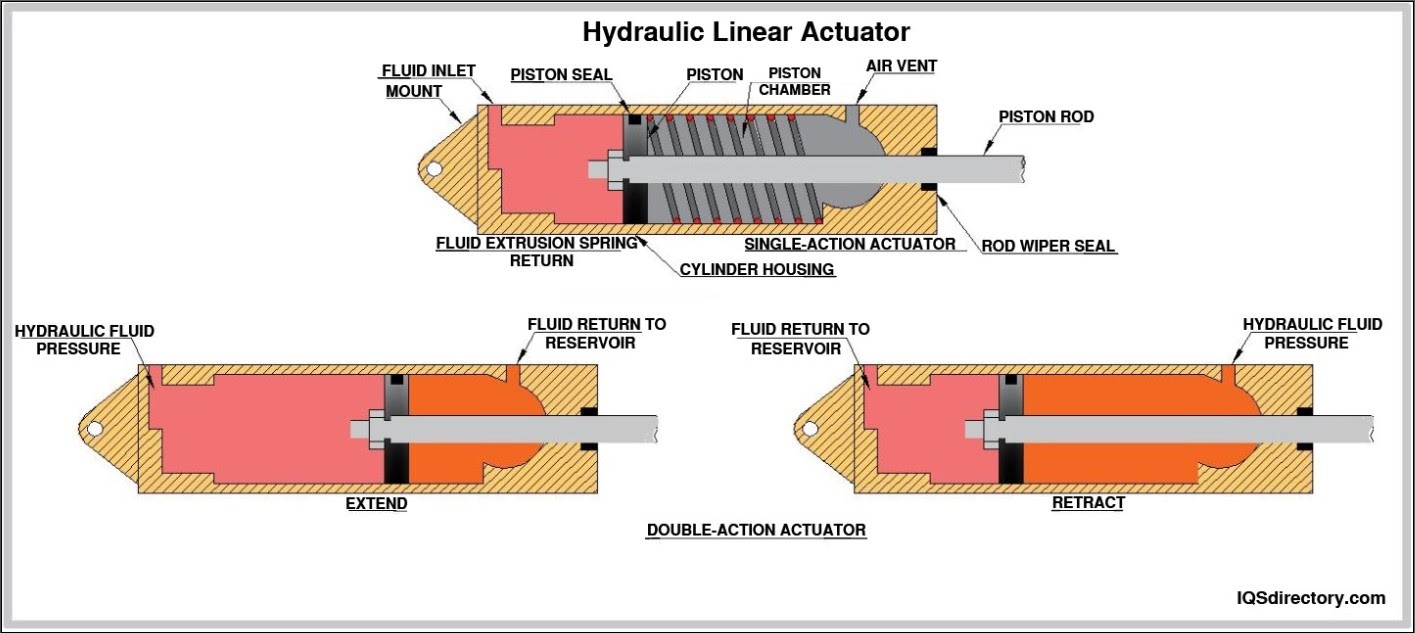
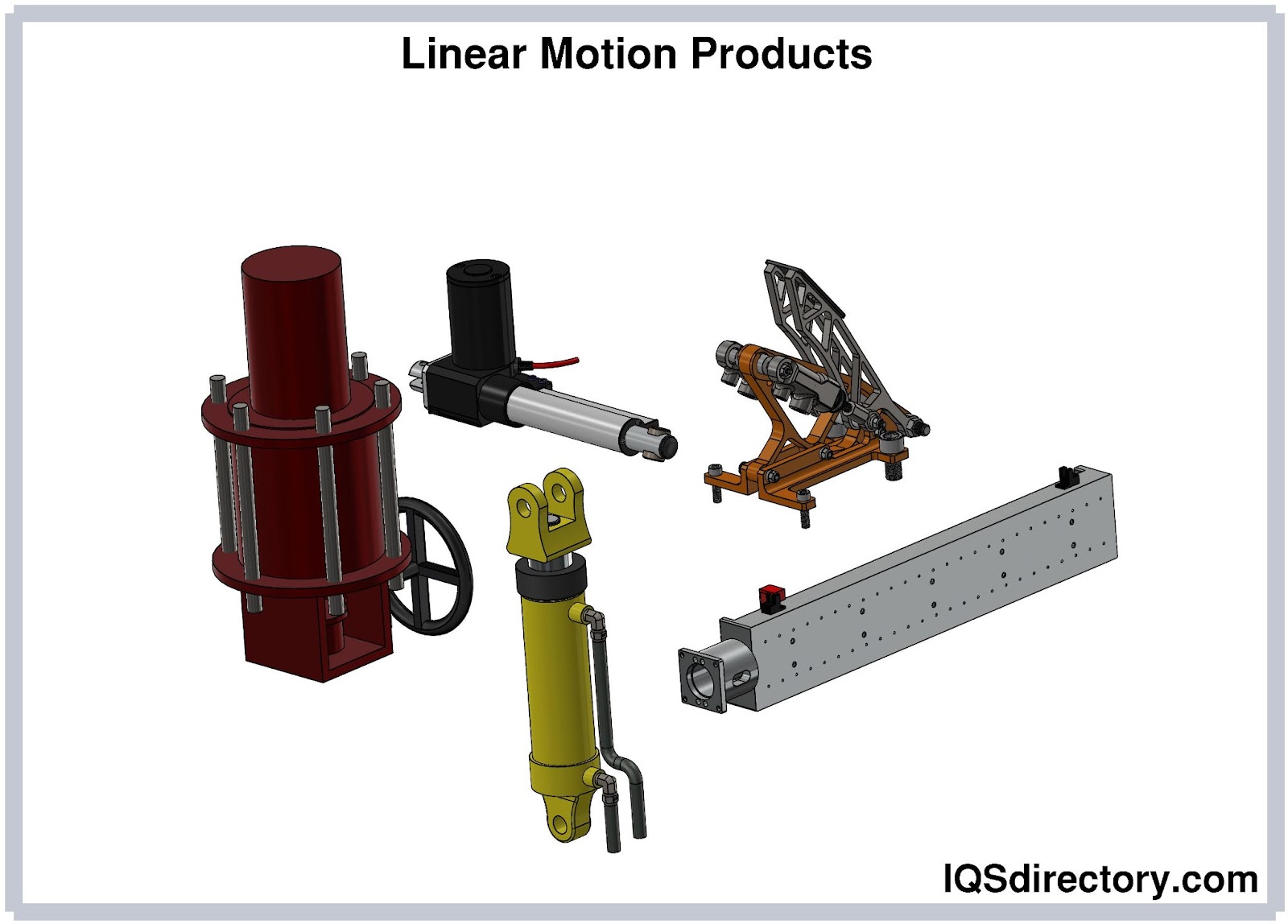
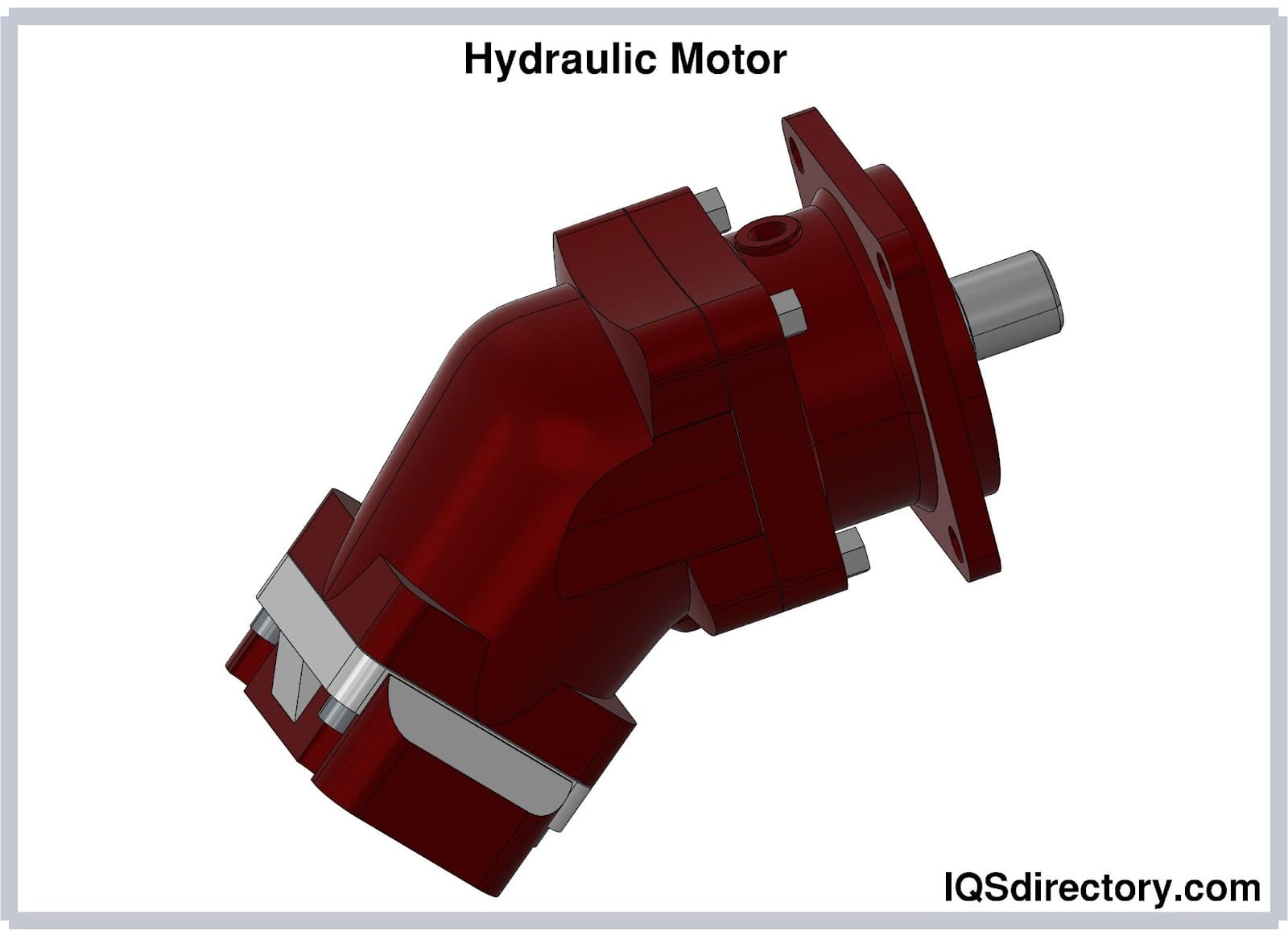
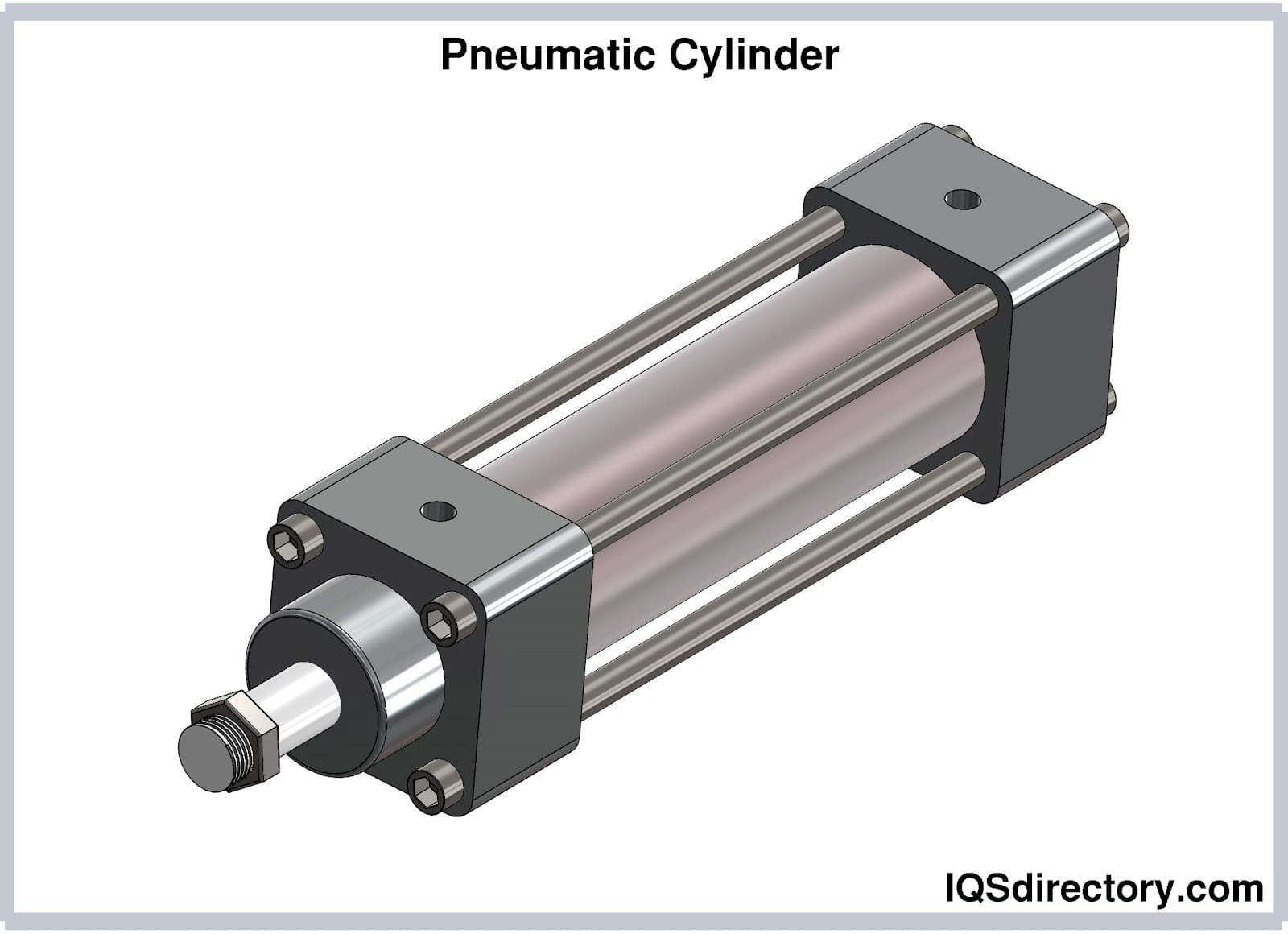
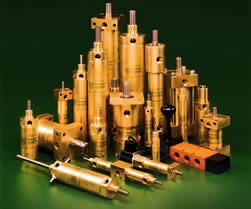 Hydraulic Cylinders
Hydraulic Cylinders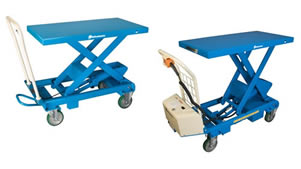 Hydraulic Lifts
Hydraulic Lifts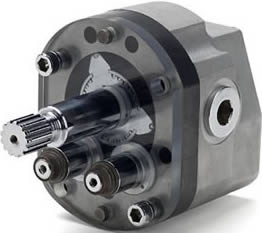 Hydraulic Motors
Hydraulic Motors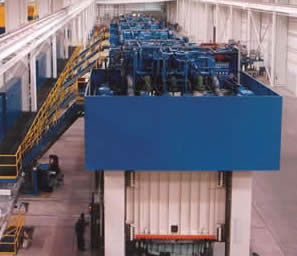 Hydraulic Presses
Hydraulic Presses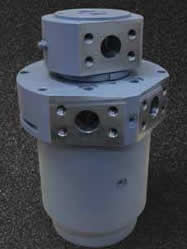 Hydraulic Pumps
Hydraulic Pumps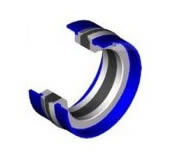 Hydraulic Seals
Hydraulic Seals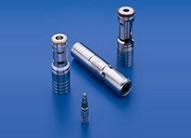 Hydraulic Valves
Hydraulic Valves Castings & Forgings
Castings & Forgings Bulk Material Handling
Bulk Material Handling Electrical & Electronic Components
Electrical & Electronic Components Flow Instrumentation
Flow Instrumentation Hardware
Hardware Material Handling Equipment
Material Handling Equipment Metal Cutting Services
Metal Cutting Services Metal Forming Services
Metal Forming Services Metal Suppliers
Metal Suppliers Motion Control Products
Motion Control Products Plant & Facility Equipment
Plant & Facility Equipment Plant & Facility Supplies
Plant & Facility Supplies Plastic Molding Processes
Plastic Molding Processes Pumps & Valves
Pumps & Valves Recycling Equipment
Recycling Equipment Rubber Products & Services
Rubber Products & Services